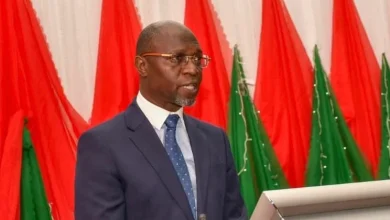
Over 40 of the world’s leading virologists have sounded the alarm on the increasing threat posed by the H5N1 bird flu virus, warning that it is evolving rapidly and inching closer to human-to-human transmission.
In a report published Thursday in The Lancet Regional Health – Americas, the Global Virus Network (GVN) called for urgent global action to prevent what could become another devastating pandemic.
The virologists described H5N1 as a highly pathogenic strain of avian influenza, which has traditionally affected birds but has, in recent years, begun infecting mammals such as pigs and cattle a development they say may signal an imminent risk of human transmission.
Although human infections remain rare, the virus has an alarmingly high fatality rate, killing approximately half of those infected, according to the report. Experts stressed that the potential for a global outbreak must not be underestimated.
“We are at a critical point,” the scientists warned. “The virus is adapting to mammals. If it acquires the ability to spread efficiently between humans, we could be facing a pandemic far more deadly than COVID-19.”
The report highlights significant shortcomings in global preparedness, despite pledges made in the wake of COVID-19 to bolster pandemic defenses. It cites critical gaps in surveillance systems at the animal-human interface, unclear response strategies, and weak public health infrastructure as major vulnerabilities.
President of the Global Virus Network, Christian Bréchot emphasized the urgency of the situation. “After COVID-19, world leaders pledged to ensure we would be better prepared but we are not there yet,” he said. He added that influenza viruses, like H5N1, are notorious for their ability to cross species barriers, making proactive surveillance and preparedness vital.
The virologists are calling on governments, international agencies, and public health institutions to act decisively to strengthen monitoring, improve response plans, and invest in research to prevent another global health crisis.





